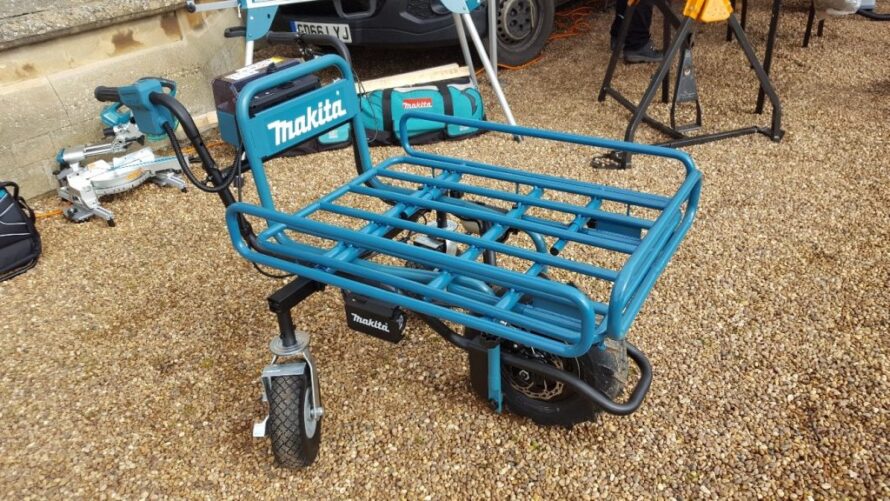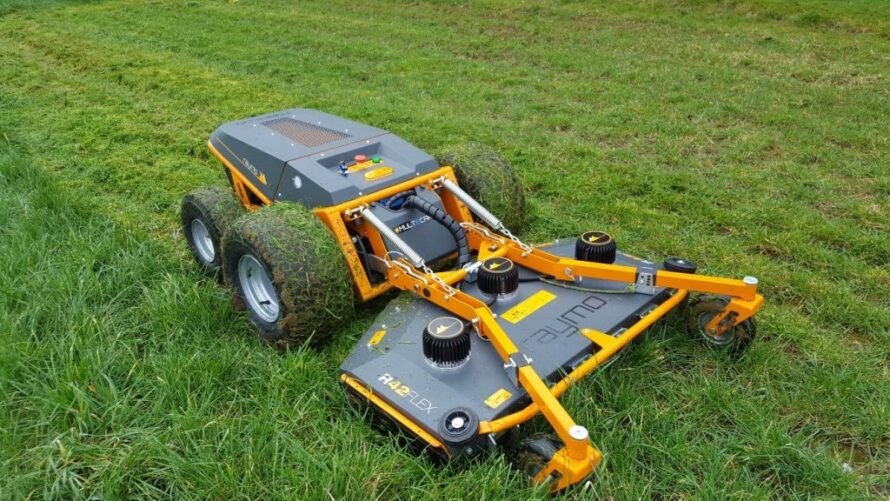Angus Lindsay, idverde’s Head of Assets & Fleet, looks at the issues of compatibility and infrastructure that need to be addressed as new technology is introduced.
With the uptake in the use of electric power tools now starting to gather momentum and several of the main manufacturers updating their product lines to give smaller, more powerful and longer lasting batteries along with a more professional range of tools, all is looking good for a cleaner, quieter and safer option to 2-stroke. But, like the mobile phone industry, there is the problem of compatibility.
Similar to the mobile phones we use there is no standard approach to the way these units are charged, other than they all plug into the wall. The same is true of the batteries, which are currently not interchangeable. So, you either standardise with one manufacturer or accept that you may get problems down the line. Alternatively, if you want to use a range of equipment, then have different sites using equipment from individual manufacturers, but you may end up with a drawer full of different batteries and chargers, as is the case when we change our phones.
Things are moving very quickly in this marketplace; where there was once scepticism over the cordless drill this has now become the must-have power tool for every builder, and I can see the same happening with grounds maintenance equipment. The humble battery pack now powers everything from angle grinders to coffee makes, and power barrows to pressure washers, though I do feel some of these items are a bit of a gimmick.




